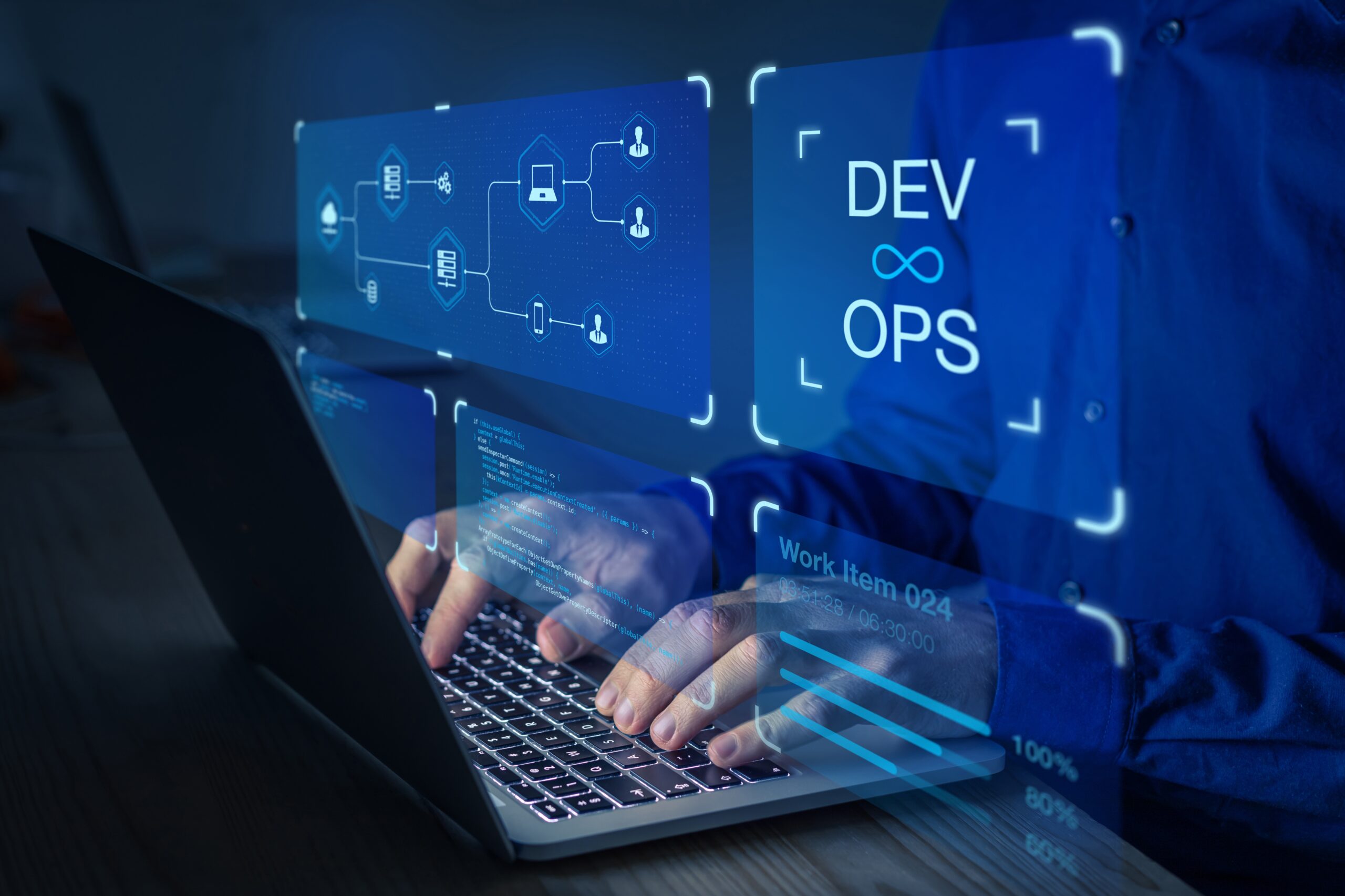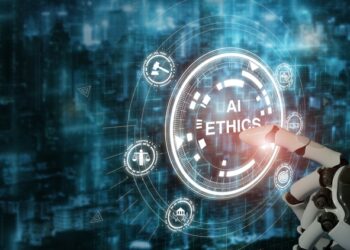
IT environments are becoming too complex for humans to manage, and it could be killing your business.
The surprising cause of this complexity is often the very tech investments meant to help the business compete in an increasingly competitive market by finding growth opportunities and creating innovative solutions for customers. Rapidly implementing various new applications, cloud services, and other technologies can backfire miserably if done incorrectly. The result is often IT environments so complex they can no longer be efficiently or effectively managed by the companies relying on them.
The COVID-19 pandemic and resulting remote workforces exacerbated this challenge. Virtually overnight, tech professionals had to adapt their networks and infrastructure to position their companies for success by migrating systems and workloads to the cloud. IT and DevOps teams must now ensure business services, workloads, and applications can run across cloud and on-premises infrastructure.
This complexity matters for far more reasons than just making it harder to ensure we can all access our company email or data. Because the job of tech pros is already more challenging, they have less time to do the important work of continuing to innovate to support the business. In other words, you can’t move forward on those exact digital transformation efforts needed to remain competitive when your tech team is bogged down with keeping existing solutions operational by dealing with alert after alert and issue after issue. Rather than death by a thousand cuts, it’s death by a thousand bandages.
Your business transformation efforts stall, and the result is a slow and painful decline into irrelevance. Scary, right?
So, what’s the fix to stave off this threat to your business? Counterintuitively (or maybe expectedly for those of you who are technophiles), the solution lies in more technology.
Enter self-driving operations. Taking a page out of the Tesla® playbook and allowing artificial intelligence (AI) and machine learning (ML) to take over some prediction and decision-making for tech teams is the only way to free them from the tyranny of tool sprawl. Much like a self-driving Tesla knows when there’s a curve in the road ahead and takes action to not crash into the trees, self-driving operations ensures the IT environment—everything from a company’s custom-built web applications to its databases—won’t crash.
Though self-driving ops is presently in the realm of science fiction (and some might say fantasy for overworked ITOps, DevOps, and cloud teams), we’re beginning to see glimpses of what a future driven by autonomous operations will look like. Self-driving ops will create a world where tech teams no longer need to focus only on identifying and solving problems but can instead turn to innovating to support the business.
The first step on the road to fully autonomous operations is observability. Though it might seem like a new buzzword to describe monitoring tools, observability solutions go a step further by taking in a massive amount of data to provide a more comprehensive view of today’s complex IT environments. The solutions provide proactive insights, automated analytics, and recommendations to solve issues in real time.
Think of monitoring like driving a regular car. Observability, on the other hand, is the adaptive cruise control mode where the car makes some limited decisions for itself (such as slowing down when there is a car ahead of you) while still requiring human oversight and control. Not unlike advanced cruise control, observability is the early use of AI and ML to summarise what can be learned about the data and provide actionable insights about issues in the environment.
By identifying issues and recommending actions, observability enables tech teams to overcome alert fatigue. It helps them know what’s important and what needs to be addressed right away and allows them to ignore what’s not important. True autonomous operations, on the other hand, will provide complete visibility across the entire environment to identify issues and take corrective action without human involvement, including databases in private and public clouds.
According to Gartner, many companies already use upward of 15 monitoring tools. This is because all the new technologies companies are now using also need new monitoring tools to ensure they all run correctly. These disparate monitoring tools also send alerts when there are issues, but they aren’t smart enough to identify or prioritise them. Self-driving ops, on the other hand, will be smart enough to know what’s important and what’s not.
To continue our car analogy, this is the equivalent of your check engine light turning on but not knowing whether it’s due to a minor inconvenience like a loose gas cap or the result of a catastrophic failure that will send you careening off a cliff. With autonomous operations, the car will not only know the check engine light is on but what’s causing it and what to do to fix it. This will be transformative for tech pros who are currently inundated with irrelevant “check engine” alerts every day.
With self-driving operations, teams will be able to again focus on the important things to keep the business moving forward. Each team will simply define their business objectives based on service-level agreements, key performance indicators, or other criteria and allow the technology to take care of the rest.
Like a seasoned mechanic who looks under the hood and knows what the issue is (and even when you may have an issue coming up), self-driving ops will provide deep, holistic visibility into IT infrastructure and services, helping organisations focus on key issues without a deluge of extra data.
With self-driving operations, teams can get greater insights, quickly pinpoint issues impacting performance, and more accurately predict and plan resource capacity to prevent issues and unplanned downtime. Autonomous IT systems will automatically discover an organisation’s infrastructure, applications, cloud services, and databases to automate your operations—no matter how complex—and manage every business service. By reducing the need for manual tasks in day-to-day operations, observability is a step in the right direction to drastically reduce human error and provide IT professionals more time to develop new products, focus on business requirements, and improve bottom lines.
Just as artificial intelligence is no longer the exclusive domain of large companies, self-driving operations will also have to be accessible to companies of all sizes to be truly impactful. The first companies to embrace and perfect self-driving operations will have the tools to remain highly relevant and competitive for generations to come.










Discussion about this post